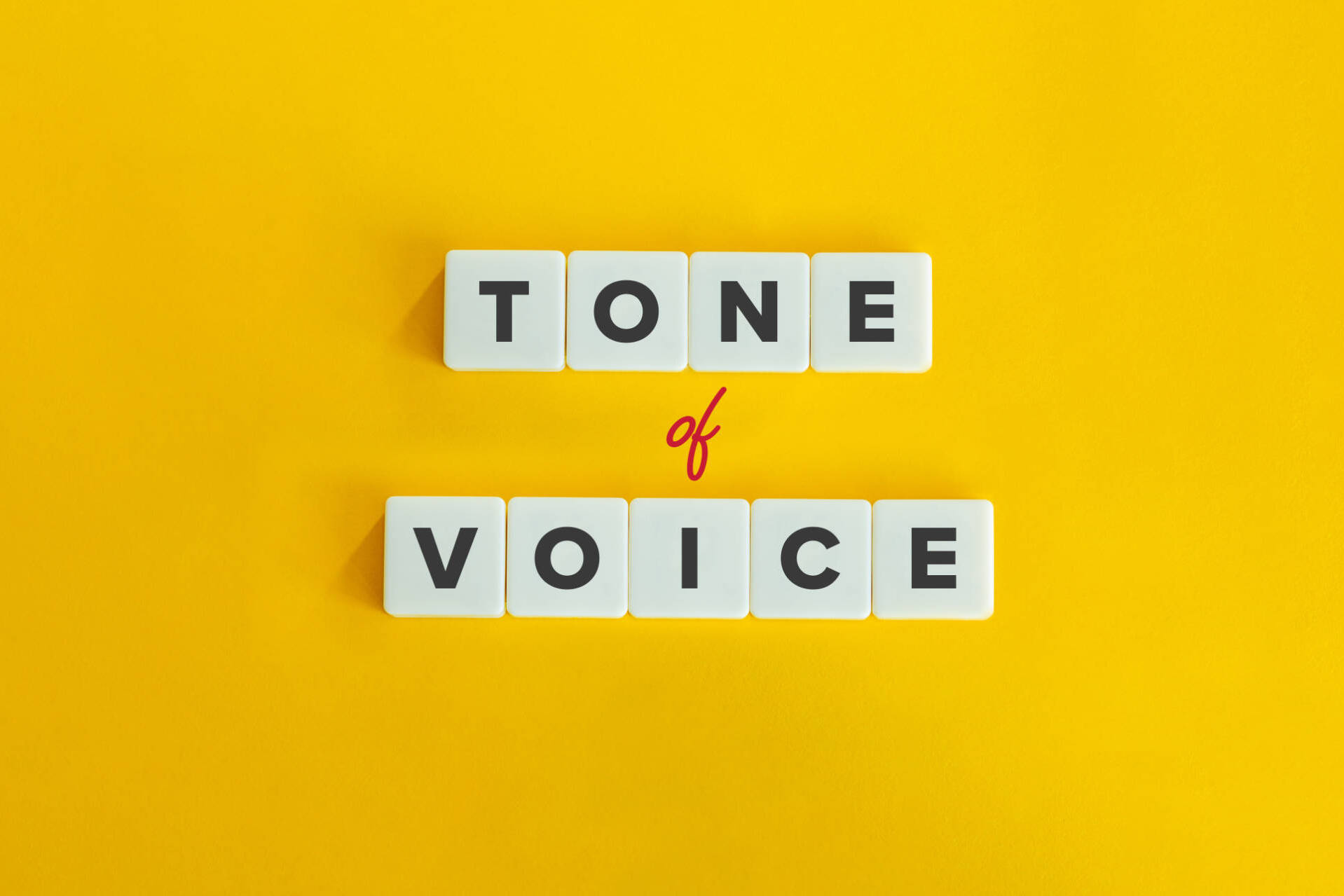We all love a good story. They capture our attention, we engage with them, and they can resonate for a long time.
In journalism, case studies have long been used to breathe life into articles with relatable, real-life scenarios. Using this technique, purposeful storytelling can turn a simple blog post or video into something meaningful. It’s not just content; it’s a way of creating a connection with people.
So, if you want to make your brand’s content more compelling, why not use this powerful way to communicate with your audience?
Creating brand stories in content
Storytelling not only helps your content capture people’s attention and communicate important information, it also helps you build significant relationships with your audience. In forging these connections, you can show consumers why your brand is relevant to their lives.
When we read, watch or listen to content created by a brand, a simple message isn’t always enough to keep us captivated; your audience needs something to inspire them and keep them engaged. Brands that go the extra mile to incorporate storytelling into their content do so because it’s key to connecting with their audience in the long term. Ultimately, that relationship paves the way for driving results for your business.
But using stories isn’t just a clever way to boost profits – it’s a way of differentiating your brand and showing consumers who you are and what you stand for.
Your stories might be fun and shareable, or they might provoke strong emotions. They might be useful and have a unique, practical value. For some brands, storytelling goes way beyond the company itself and into the realm of social responsibility – with the goal of helping communities in need or raising awareness about the effects of climate change, for example.
There are many types of stories a brand can tell, depending on its aims and audience. These might include stories about:
- Company history – Stories might cover the brand’s founders, its heritage and journey so far.
- Customer experiences – These types of stories can help build a loyal community and show potential customers how a brand can be relevant to them.
- Employees – Content featuring people behind the scenes can humanise a brand and help strengthen its identity. Company experts are often effective when explaining complex topics or highlighting a brand’s authority.
- Causes that resonate with your audience – These might aim to do social good, inspire like-minded consumers and build loyalty.
- Products and services – Storytelling can be used to explain brand offerings in an engaging way, whether that’s through user-generated content, tutorials or other techniques.
The psychology of storytelling
Why are we, as humans, so drawn to narratives? The first and most obvious reason is that storytelling is a good form of entertainment and escapism. Make your brand stories engaging, and people will genuinely enjoy your content – crucially, they’ll keep coming back for more.
On a deeper level, studies show that stories can trigger consumer engagement by activating cognitive, emotional, and behavioural responses. Good stories usually evoke emotions, which can make them more memorable.
This is partly because stories help us to understand ourselves, other people and the world around us. Told well, stories in brand marketing campaigns have the power to make you feel understood, provoke empathy or make you feel part of a community.
Sharing genuine stories builds trust and humanises your brand, making it more relatable to your audience. It can also inspire people to take action, whether that’s buying your product or signing up for a newsletter.
Additionally, storytelling can be a smart way to help your audience remember the information you want to convey about your company or products – according to Stanford Graduate School of Business, stories are remembered up to 22 times more than facts alone. Stories organise information in a way that makes sense to us, so many brands use storytelling to explain complex ideas in an engaging way.
Examples of brands telling stories well
Here are just a few examples of brands that have created cohesive campaigns around stories:
- Tesco – The supermarket’s Food Love Stories campaign featured personal and very human stories from customers about the role that food plays in their lives and relationships. By focusing on a variety of stories that everyone can relate to, Tesco connected its brand to themes of family and community. Crucially, the brand linked these stories with practical recipe content that their audience finds useful and valuable.
- Patagonia – The outdoor clothing company is well-known for its commitment to environmental causes. The brand is adept at using storytelling to highlight its core values and create relationships with its eco-conscious customers. Its Worn Wear campaign celebrates the longevity and repairability of its products via customer stories told using blog posts, videos, and more.
- Spotify – The yearly Spotify Wrapped became a cultural event when it launched. Spotify cleverly uses its own customers’ listening preferences to create shareable and meaningful content – content that is not only engaging but also strengthens the brand itself. Spotify takes complex user data and listening history and presents it in a simple format, which it describes as ‘a celebration of the realest moments that defined your year on Spotify’. The conversational, relatable use of language also does a lot of work here.
How to create your own brand story
Before your brand can use storytelling to boost its image and connect with your audience, consider these steps:
Know your audience
Know your audience’s preferences, their lifestyle, what keeps them up at night and what makes them happy. What solutions are they looking for, and how is your brand relevant to them?
Decide on your message
Decide what you want to convey to your target audience with your storytelling. How will you communicate your message, and what are your expectations for how it will resonate? Consider all these elements and ensure the messaging you have chosen to focus on is clear in the final piece of content.
Create your story
Decide how your story will be told and what will have the most impact. What is its purpose? Would it be smart to demystify how your products and services work, or should you add a human touch to your brand by featuring employees or customer stories?
Choose your format
Will you use blog posts, social media, videos, podcasts or other types of content? When it comes to telling your stories, your chosen content channels should work together to ensure your storytelling is cohesive and gives people the information you want to convey.
Remember…
- Storytelling in content marketing should be authentic to be truly effective. Stories that don’t feel genuine will turn your audience off – or worse, they could damage their perception of your brand.
- Find the compelling ‘hook’ in your story – the angle that will keep your audience engaged – and stay focused on it, building your storytelling around it.
- Make sure your messaging is clear and easy to understand.
- Tell your audience what you want from them with simple calls to action – whether that’s responding to your content, signing up for your new service or trying your product.
Show your audience who you are, and what you can do for them, with effective storytelling. You could create a better brand identity as well as build connections and customer loyalty.
Related Digital Marketing Resources
31/01/2025
Using the rel=canonical tag – the ultimate guide
Rel=canonical tags are an essential part of every successful business's SEO.…
15/01/2025
The ultimate guide to image formats
Choosing the right image format can make or break your digital projects. Learn…
03/01/2025
How to define your tone of voice
Learn to set the tone of voice for your brand and speak to your audience in a…


